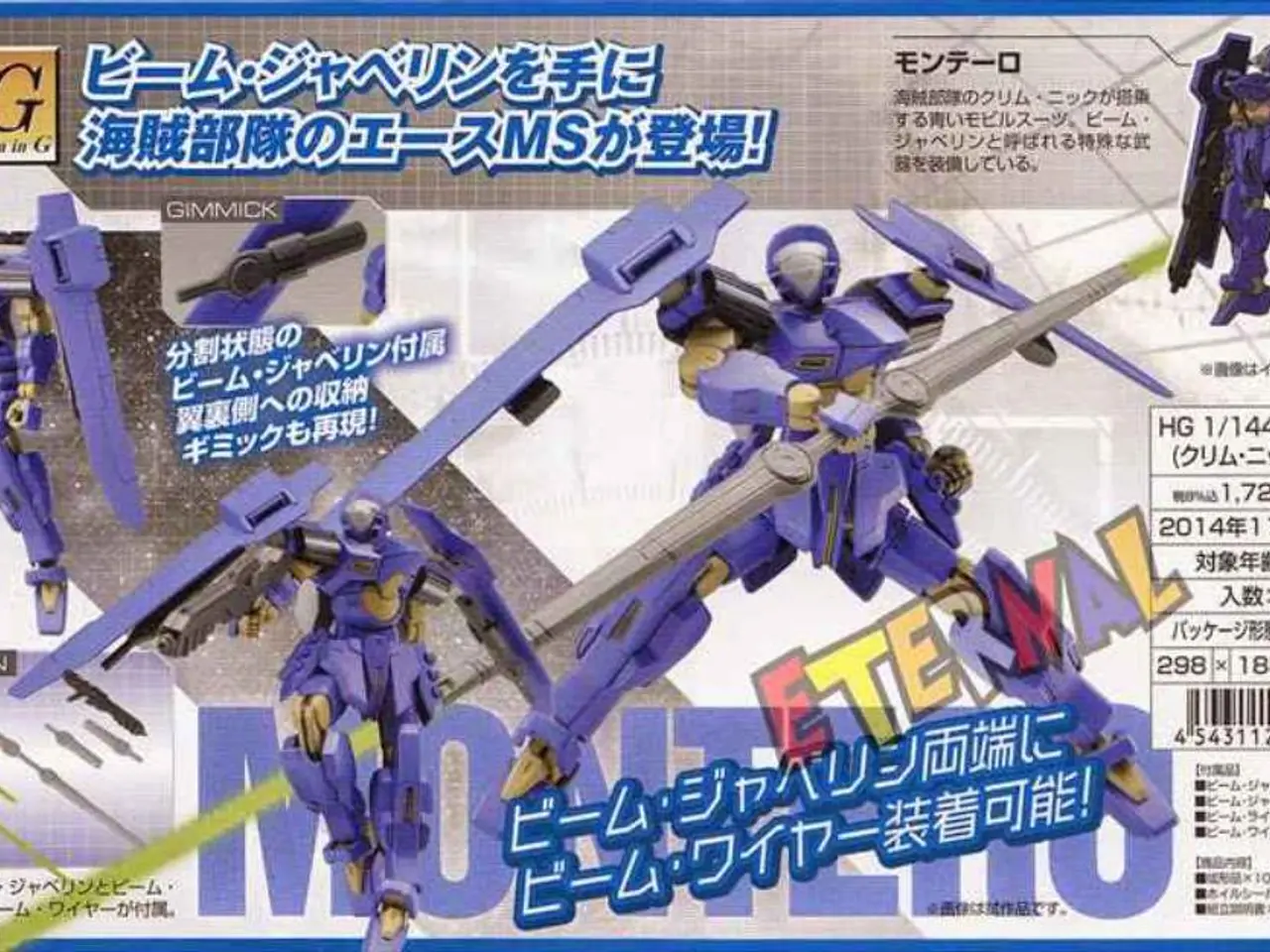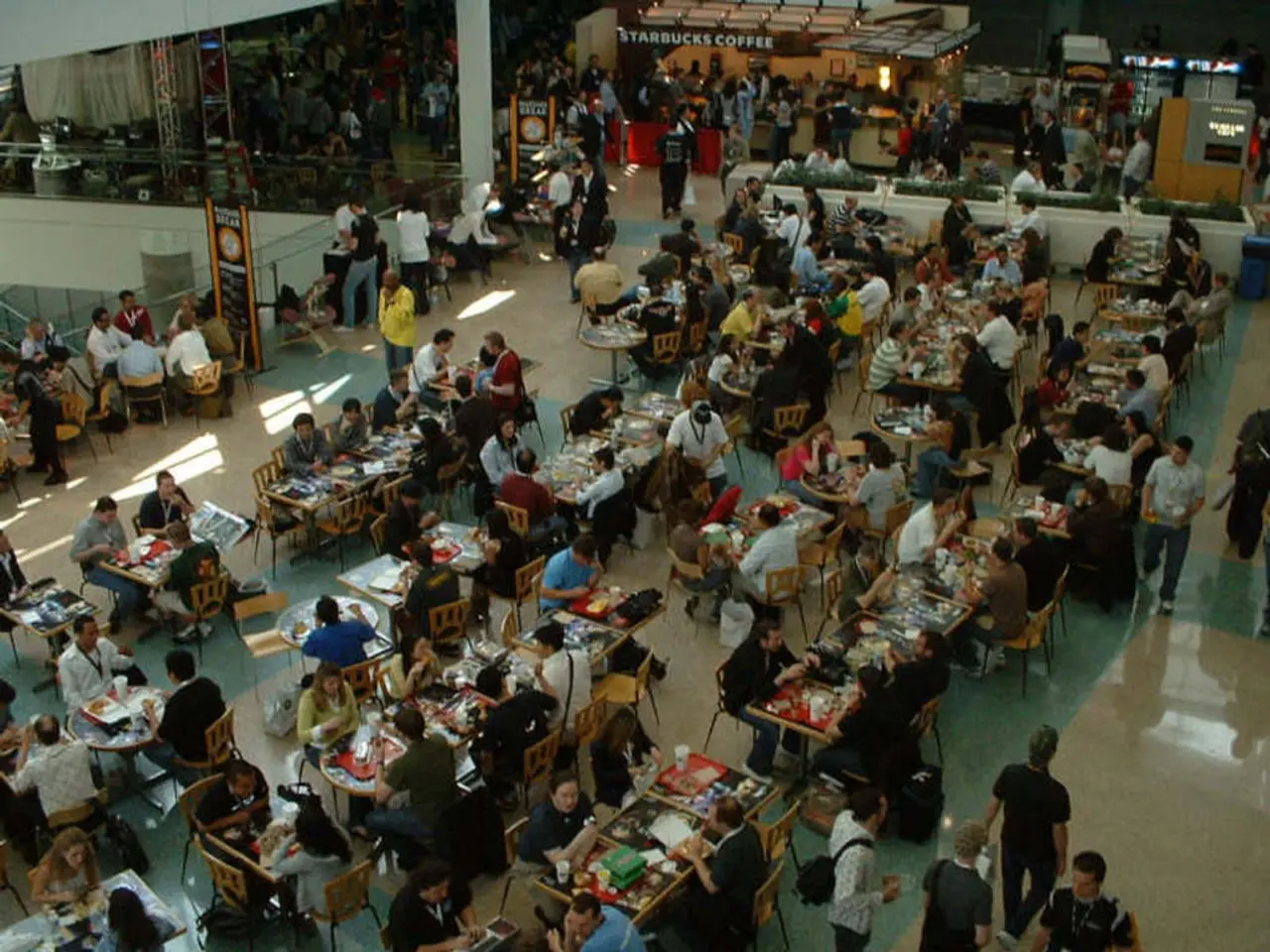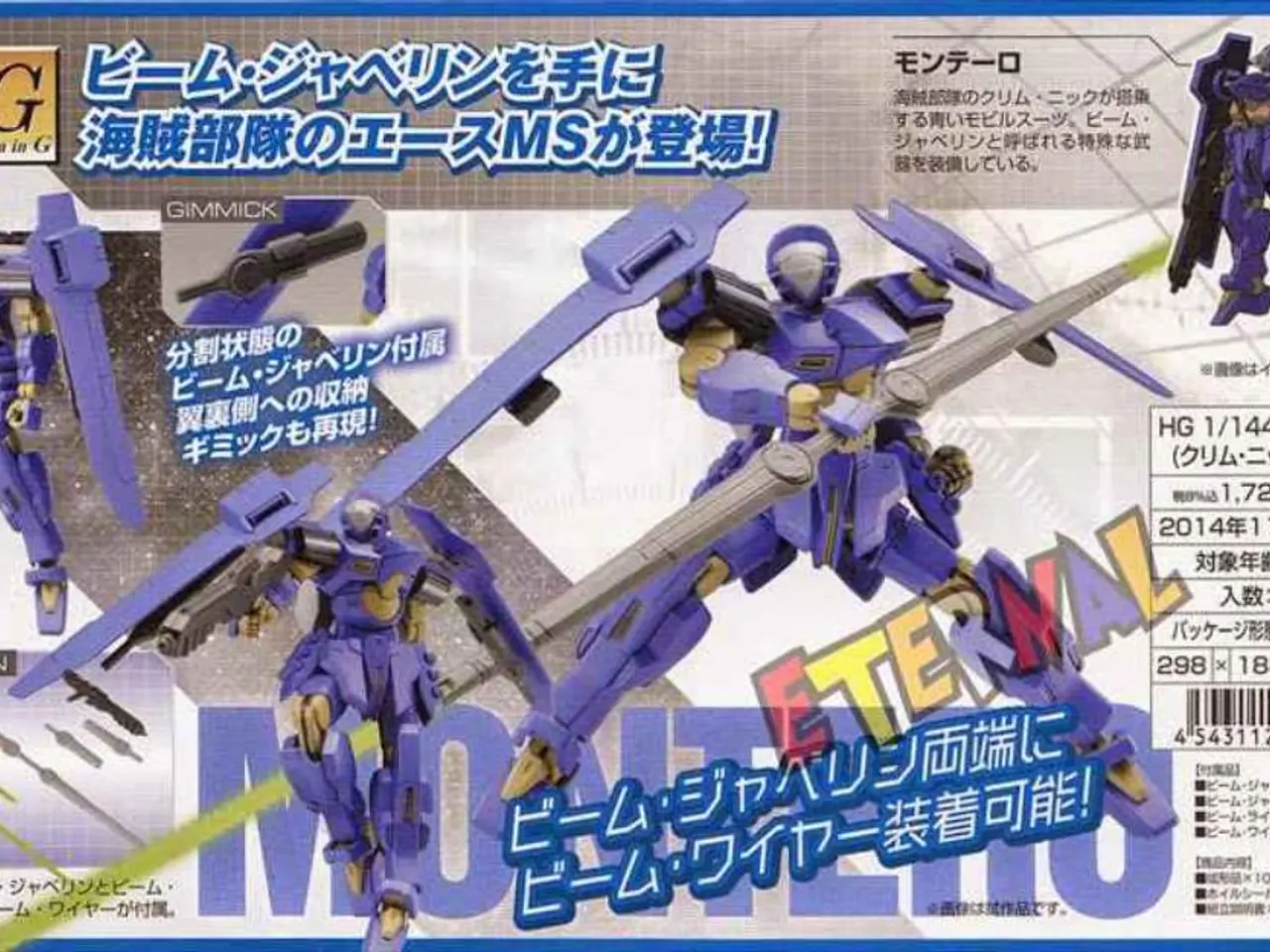Meta advances in creating realistic talk-show style characters with their new innovation, MoCha.
Meta's MoCha is making waves in the world of AI video generation, setting itself apart as a comprehensive platform for cinematic storytelling. Unlike other AI video models, such as OpenAI's Sora and Pika, MoCha is primarily designed to automate the filmmaking workflow with AI enhancements, offering creators and researchers a powerful tool for cinematic storytelling.
Full-Stack Capabilities and Creative Control
MoCha boasts a range of full-stack app capabilities, including customized video editing, ASMR video generation, influencer photo editing, and upscaling. It supports AI-generated cinematic content and storytelling elements, making it an ideal choice for filmmakers, content creators, and researchers seeking integrated creative tools.
Performance and Target Users
The latest upgraded video model in MoCha offers improvements in editing influencer photos, language support (across 100+ languages), and workflow-oriented features such as scheduling and delegation. Its target users are creators and researchers who are focused on cinematic storytelling, full workflow integration, and customizable video app development.
Unique Features and Use Cases
MoCha generates all frames in parallel, with speech-video window attention ensuring smooth, realistic articulation. Its unique features make it suitable for a variety of use cases, including filmmaking, storytelling, ASMR video production, influencer content creation, and application building for video editing and content generation.
Benchmarking and Performance
MoCha was benchmarked against other AI video models like SadTalker, AniPortrait, and Hallo3, using both subjective scores and synchronization metrics like Sync-C and Sync-D. In human evaluation across all categories, MoCha consistently scores above 3.7, outperforming the baselines in lip-sync, expression, action, text alignment, and visual quality.
Future Prospects
If future iterations of MoCha build on this foundation, adding longer scenes, background elements, emotional dynamics, and real-time responsiveness, it could revolutionize the way content is created across industries. If these capabilities become accessible via an API or open model in the future, it could unlock an entire wave of tools for filmmakers, educators, advertisers, and game developers.
Architecture and Research Significance
MoCha's architecture involves encoding text, speech, and video data, followed by a Diffusion Transformer (DiT) that applies self-attention to video tokens and cross-attention with text and speech inputs. This architecture makes MoCha a remarkable research achievement, worth watching closely.
The videos shared on the official project page showcase MoCha's capabilities, displaying consistent gestures with speech tone, handling back-and-forth conversations, and realistic hand movements and camera dynamics in medium shots. MoCha represents a step closer to script-to-screen generation, with no need for keyframes, manual animation, or extensive post-processing.
In conclusion, Meta's MoCha is a comprehensive cinematic AI storytelling platform with strong editing features and full-stack application support, making it an ideal choice for creators and researchers seeking integrated creative tools for cinematic storytelling.
Technology like Meta's MoCha, with its full-stack features, is redefining the realm of cinematic storytelling by leveraging AI, offering a powerful tool for filmmakers, content creators, and researchers. It stands out from other models due to its emphasis on automating filmmaking workflows and its capacity to generate realistic ASMR videos, influencer photos, and more.
This technology's unique architecture, involving Diffusion Transformers, signifies a significant research achievement in the field, paving the way for future advancements in cinematic AI storytelling. By potentially offering longer scenes, background elements, emotional dynamics, and real-time responsiveness, MoCha could soon revolutionize content creation across various sectors.




